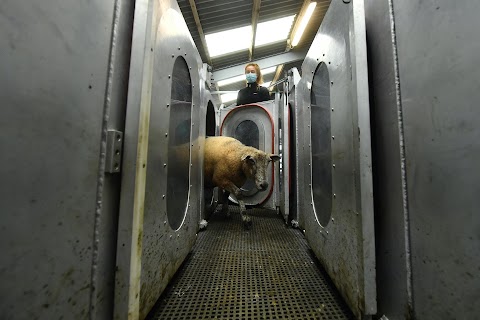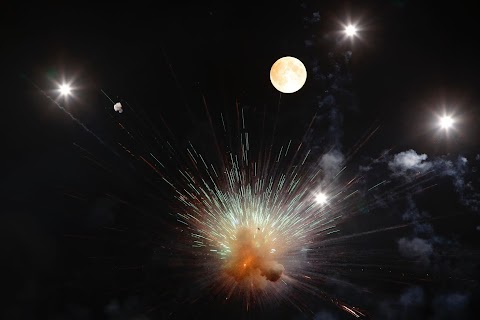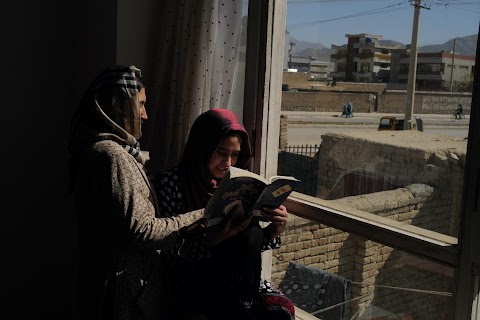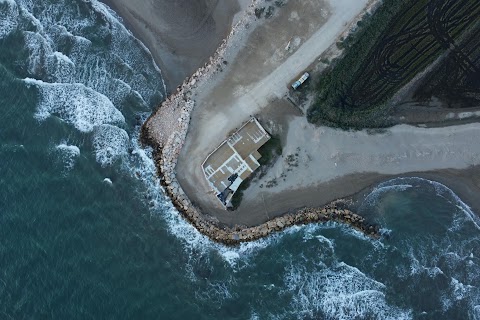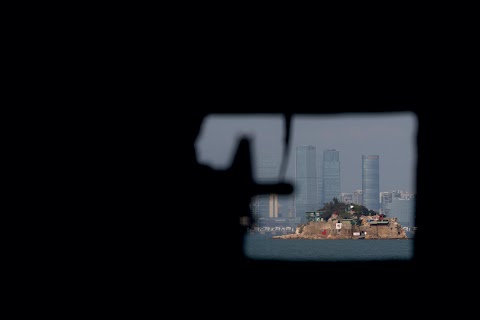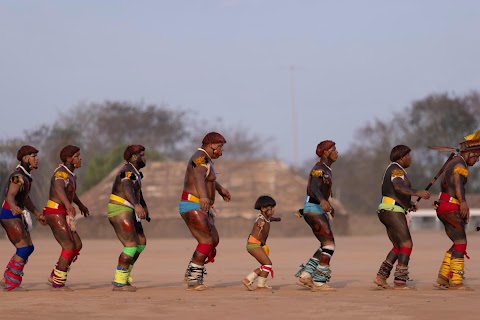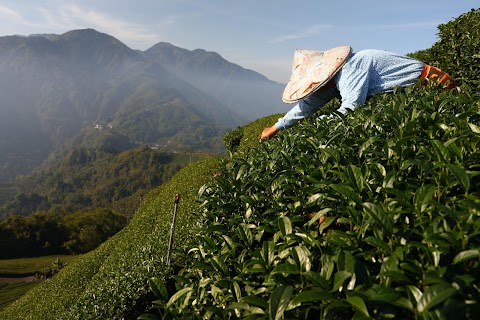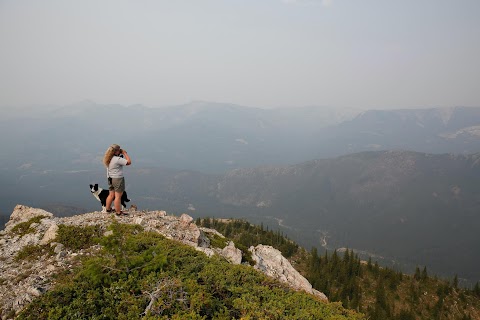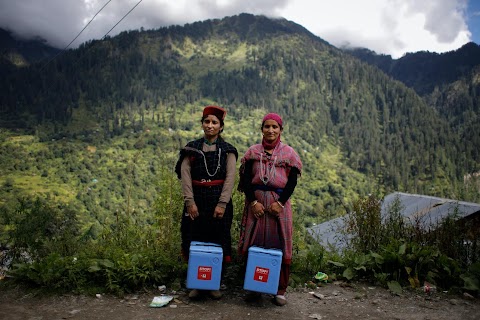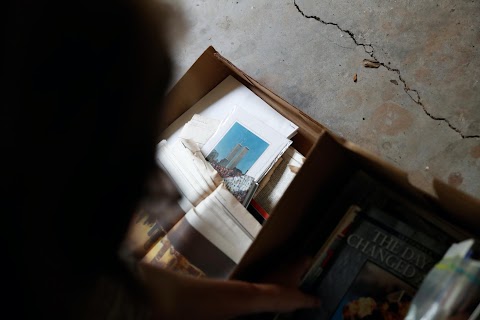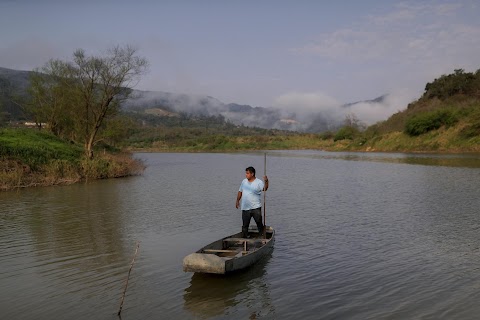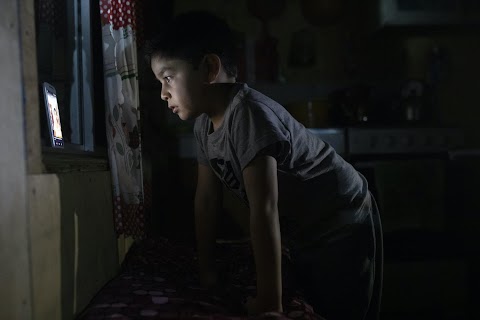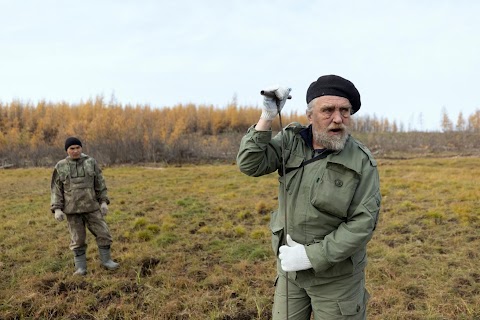
A father and son's Ice Age plot to slow Siberian thaw
Story
In one of the planet's coldest places, 130 km south of Russia's Arctic coast, scientist Sergey Zimov can find no sign of permafrost as global warming permeates Siberia's soil.
As everything from mammoth bones to ancient vegetation frozen inside it for millennia thaws and decomposes, it now threatens to release vast amounts of greenhouse gases.
Zimov, who has studied permafrost from his scientific base in the diamond-producing Yakutia region for decades, is seeing the effects of climate change in real time.
Driving a thin metal pole metres into the Siberian turf, where temperatures are rising at more than three times the world average, with barely any force, the 66-year-old is matter-of-fact.




Story
Bison were trucked and shipped this summer from Denmark, along the Northern Sea Route, past polar bears and walruses and through weeks-long storms, before their ship finally turned into the mouth of the Kolyma River towards their new home some 6,000 kilometres to the east.
The Zimovs' surreal plan for geo-engineering a cooler future has extended to offering a home for mammoths, which other scientists hope to resurrect from extinction with genetic techniques, in order to mimic the region's ecosystem during the last ice age that ended 11,700 years ago.
A paper published in Nature's Scientific Reports last year, where both Zimovs were listed as authors, showed that the animals in Pleistocene Park had reduced the average snow depth by half, and the average annual soil temperature by 1.9 degrees Celsius, with an even bigger drop in winter and spring.
More work is needed to determine if such "unconventional" methods might be an effective climate change mitigation strategy but the density of animals in Pleistocene Park – 114 individuals per square kilometre -- should be feasible on a pan-Arctic scale, it said.
And global-scale models suggest introducing big herbivores onto the tundra could stop 37% of Arctic permafrost from thawing, the paper said.

Story
The older Zimov says he has seen for himself how winters have grown shorter and milder, while Alexander Fedorov, deputy director of the Melnikov Permafrost Institute in Yakutsk, says he no longer has to wear fur clothing during the coldest months.
But addressing permafrost emissions, like fire and other so-called natural emissions, presents a challenge because they are not fully accounted for in climate models or international agreements, scientists say.
"The difficulty is the quantity," says Chris Burn, a professor at Carleton University and president of the International Permafrost Association.
"One or two percent of permafrost carbon is equivalent to total global emissions for a year." Scientists estimate that permafrost in the Northern Hemisphere contains about 1.5 trillion tons of carbon, about twice as much as is currently in the atmosphere, or about three times as much as in all of the trees and plants on earth.
Nikita says there is no single solution to global warming. "We're working to prove that these ecosystems will help in the fight, but, of course, our efforts alone are not enough."
(Photo editing: Gabrielle Fonseca Johnson; Text editing: Alexander Smith; Layout Julia Dalrymple)











